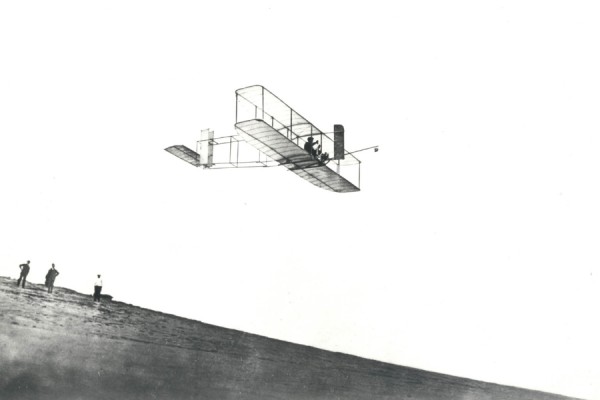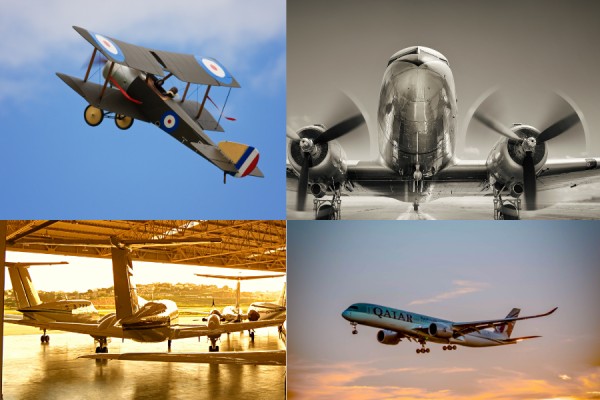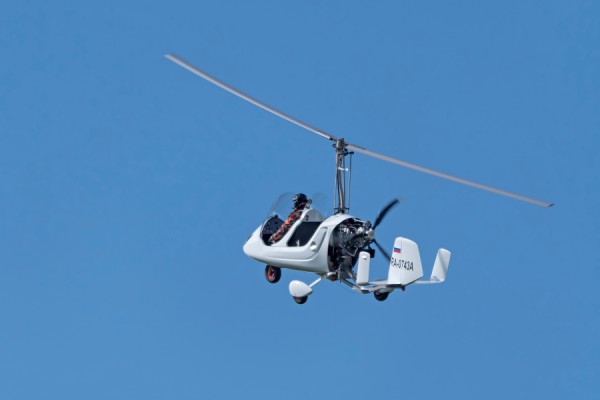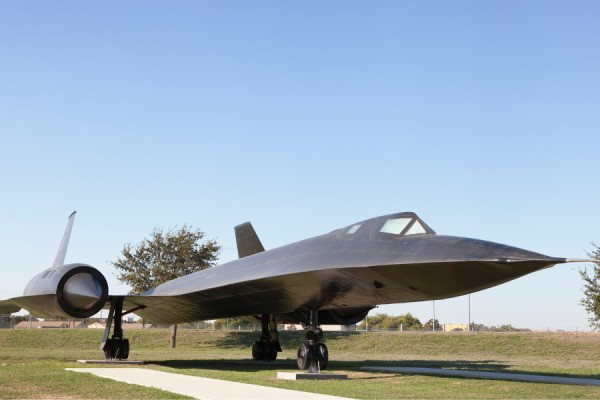- History
- 1 year before
The Inventor of the Jet Engine: The Story of Frank Whittle
Frank Whittle revolutionized the history of aviation as the inventor of the jet engine. With his successful test flight in 1941, he transformed civil flying.
-

- 1 year before
- Category: History
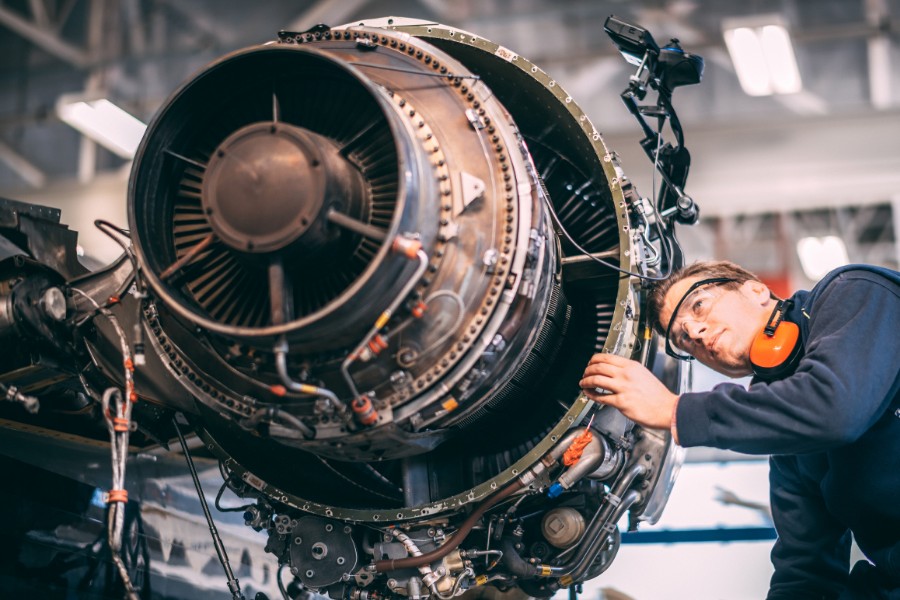
Frank Whittle: The Inventor of the Jet Engine
We live in an age where airplanes dance across the skies, and none of it would have been possible without Frank Whittle. As one of the fathers of modern aviation, Sir Frank Whittle revolutionized the course of aviation history with his invention of the jet engine. In this article, we will take a closer look at his life and his remarkable invention.Early Life and Education
Frank Whittle was born on June 1, 1907, in Coventry, England. His fascination with aircraft began at a young age, eventually leading him to join the Royal Air Force (RAF). Whittle enrolled in the RAF's engineering school, proving to be an exceptional student whose learnings would form the foundation of his invention.Inventing the Jet Engine
Whittle's idea for a jet engine first emerged in 1928, but it would take years before he could secure the resources to bring his vision to life. Whittle understood the principles of continuous flow gas turbines and began developing designs for a jet engine. He filed a patent in 1930, but the idea was met with skepticism from many quarters.Undeterred, Whittle's persistence led to the successful test flight of the W.1, his designed jet engine, in 1941. This marked a pivotal moment in aviation, profoundly impacting aircraft design during and after the war.
Impact of the Jet Engine
Whittle's invention of the jet engine ushered in a new era of air travel. Its impact on both civil and military aviation was profound, shaping the very fabric of the industry and later influencing space exploration.
Legacy
Frank Whittle's dedication and ingenuity earned him numerous awards and accolades. Known as the father of the jet engine, Whittle became one of the most significant figures in aviation history. His invention pushed the boundaries of the aviation industry, making the world a smaller place.
His legacy continues to inspire new generations of engineers, fostering creativity and innovation in the field.

